Winter Fusarium
Winter Fusarium (Microdochium Nivale) is also known Microdochium Patch. The same fungus causes a disease called Pink Snow Mould in the US.
Conditions that favour this disease
- Wet conditions during maximum daytime temperatures of 7–20°C.
- Shaded or poorly drained locations.
- Excessive nitrogen fertility conditions.
Management to discourage the incidence of Winter Fusarium
- Good soil aeration and water drainage,
- Reducing shade
- Monitor the evapotranspiration needs of turfgrass to schedule irrigations.
- Avoid excess nitrogen fertilization, especially in fall
- Maintain the soil pH between 6.5 and 6.7.
- High levels of potassium tend to suppress the disease.
If Winter Fusarium has been a problem in previous years, apply a fungicide in autumn before symptoms develop.
Treatment options
Apply fungicides before the advent of cool, wet weather (late autumn to early spring), and continue applications until the environmental conditions no longer favour pathogen development.
| Registered for control of Winter Fusarium | Active ingredient | Active ingredient concentration | Mode of action |
|---|---|---|---|
| Interface® Turf Fungicide* | Iprodione Trifloxystrobin | 256g/L, 16g/L | 2, 11 |
| Dedicate®Turf Fungicide | Tebucanozole Trifloxystrobin | 200g/L, 100g/L | 3, 11 |
*Contains StressGard® Technology
| Preventative | Curative | Eradicant | ||
|---|---|---|---|---|
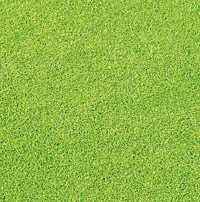 |
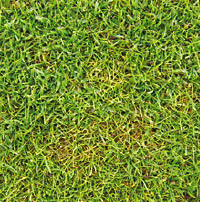 |
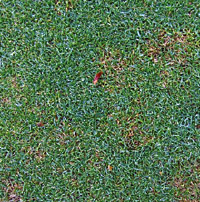 |
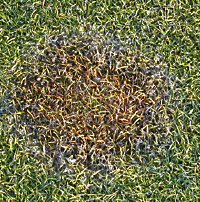 |
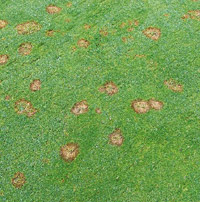 |
| Spore Germination Spores are present but they are not visible to the naked eye |
Very first signs of Fusarium development Visible to the naked eye |
Early Fusarium spreading | Fusarium spreading with Mycelial growth | Fully developed Fusarium |
Send an e-mail or photograph to jyri.kaapro@envu.com if you have any experiences of turf with either of these symptoms or get in touch with a member of our team.
Always read the label before use.
Back to Fusarium
